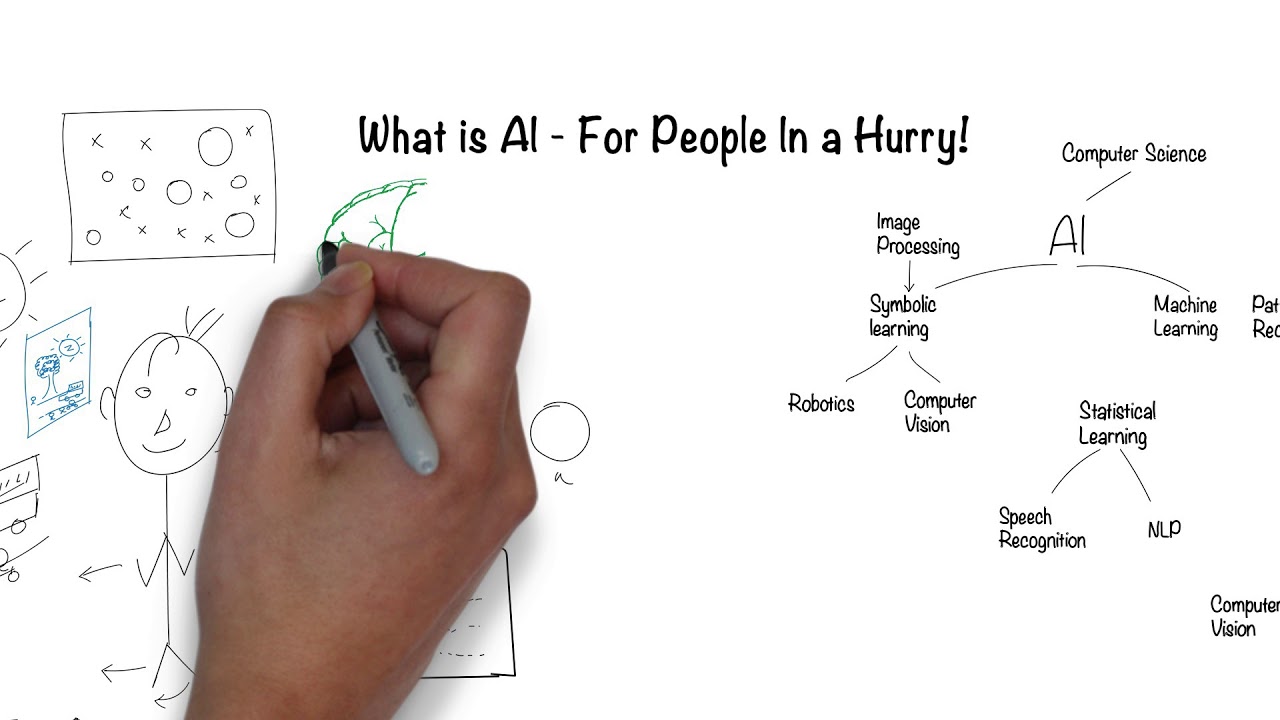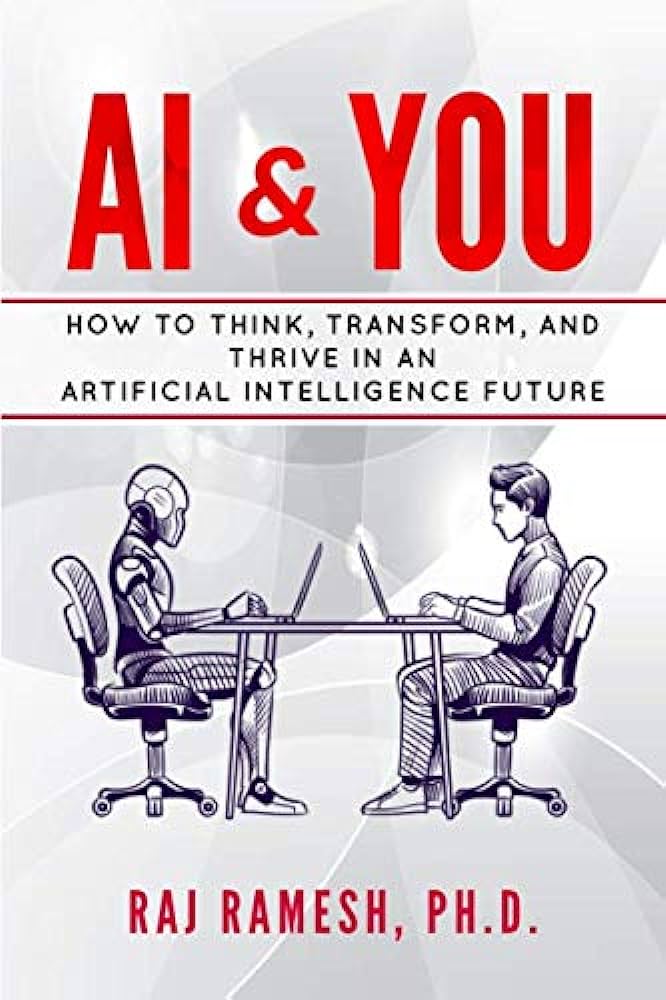In the video “The Fundamentals of AI: Explained by Dr. Raj Ramesh,” Dr. Ramesh provides a concise and informative overview of AI in just five minutes. With so much confusion and buzz surrounding AI, this video delves into the topic and provides context for understanding what AI truly is. Dr. Ramesh explains that AI is a branch of computer science that aims to create systems that can function intelligently and independently, just like humans. The video covers various aspects of AI, including speech recognition, natural language processing, computer vision, robotics, pattern recognition, and machine learning. Dr. Ramesh also discusses the role of neural networks and deep learning in replicating the structure and function of the human brain. Overall, this video serves as a valuable resource for gaining a basic understanding of artificial intelligence.
Fundamentals of AI
Artificial Intelligence (AI) is the field of computer science that focuses on creating systems capable of functioning intelligently and independently. AI aims to replicate human abilities in various domains such as speech recognition, natural language processing, computer vision, and robotics. By understanding and developing AI, we can unlock the potential for machines to interact with the world in a way that mimics human cognition and behavior.
What is AI?
AI can be best understood by considering it in the context of human intelligence. Humans possess remarkable cognitive capabilities, which AI seeks to replicate in machines. AI encompasses a broad range of techniques and technologies that enable machines to perform tasks typically associated with human intelligence. These tasks include speech recognition and understanding, natural language processing, visual perception, pattern recognition, and learning from data.

Branches of AI
AI can be divided into several branches, each focusing on different aspects of human intelligence. These branches include speech recognition, natural language processing, computer vision, robotics, pattern recognition, neural networks, deep learning, and object recognition. Each branch serves a specific purpose in replicating human capabilities and advancing AI technology.
AI in Different Fields
The applications of AI span across various fields, enhancing and transforming industries. In human communication, AI enables speech recognition, allowing machines to understand and interpret spoken language. Natural language processing enables machines to read and comprehend text in multiple languages. In the field of vision and perception, AI powers computer vision, enabling machines to process and understand visual data. AI also plays a crucial role in robotics, enabling machines to navigate and interact with their environment effectively.

AI in Human Communication
Speech recognition is a field within AI that focuses on developing systems capable of understanding and interpreting spoken language. Through statistical learning, machines can analyze and recognize patterns in speech, allowing them to comprehend and respond to human communication. Natural language processing, on the other hand, focuses on enabling machines to read and understand text, including written language.
AI in Vision and Perception
Computer vision is a crucial component of AI that involves enabling machines to process and make sense of visual data. By replicating the way humans perceive and interpret visual information, computer vision allows machines to analyze images, identify objects, and understand the world around them. Image processing, while not directly related to AI, is an integral part of computer vision, as it involves manipulating and enhancing visual data to extract relevant information.

AI in Robotics
AI plays a significant role in robotics by enabling machines to understand and navigate their environment effectively. By replicating human abilities, robots equipped with AI can perceive their surroundings using sensors and make intelligent decisions based on that perception. This field of study focuses on developing robots that can move fluidly and autonomously, providing them with the ability to interact and function in various environments.
Pattern Recognition
Humans and machines both possess the ability to recognize patterns. However, machines have an advantage in pattern recognition due to their ability to process large amounts of data across multiple dimensions. Machine learning, a field within AI, leverages this advantage by allowing machines to learn and identify patterns from data. By using algorithms and statistical techniques, machines can analyze complex data sets and make predictions or classifications based on the patterns identified.

Neural Networks
Neural networks are a key area of study within AI that focuses on replicating the structure and function of the human brain. By mimicking the interconnected network of neurons in the human brain, neural networks aim to achieve cognitive capabilities in machines. These networks can be complex and deep, enabling machines to learn and understand complex tasks and concepts.
Deep Learning
Deep learning is a subset of machine learning that involves training complex neural networks to replicate human brain functioning. Deep learning techniques and algorithms enable machines to analyze and process large amounts of data with higher accuracy and efficiency. One notable technique in deep learning is convolutional neural networks (CNN), which are specifically designed to recognize objects in scenes.

Object Recognition
Object recognition is a vital application of AI, particularly in the field of computer vision. Through AI, machines can recognize and identify objects in visual data. This capability allows for a wide range of applications, from autonomous vehicles detecting road signs to surveillance systems identifying potential threats. Object recognition is accomplished by training machines to interpret and analyze visual features and patterns associated with specific objects.
Data-based AI
Machine learning, a key component of AI, relies on vast amounts of data to learn and make predictions or classifications. By feeding machines with relevant data, they can extract patterns and relationships that humans may not perceive. Learning in high dimensions refers to machines’ ability to process data across numerous variables or attributes, enabling them to identify complex patterns and make accurate predictions.
Conclusion
Artificial intelligence is a fascinating field that aims to replicate human intelligence in machines. By leveraging advances in speech recognition, natural language processing, computer vision, and robotics, AI enables machines to interact with the world in a way that mimics human cognition. Through pattern recognition, neural networks, deep learning, and object recognition, machines can learn, analyze, and make predictions by processing vast amounts of data. As AI continues to evolve, its applications in various fields and industries will undoubtedly shape our future.






Leave a Reply